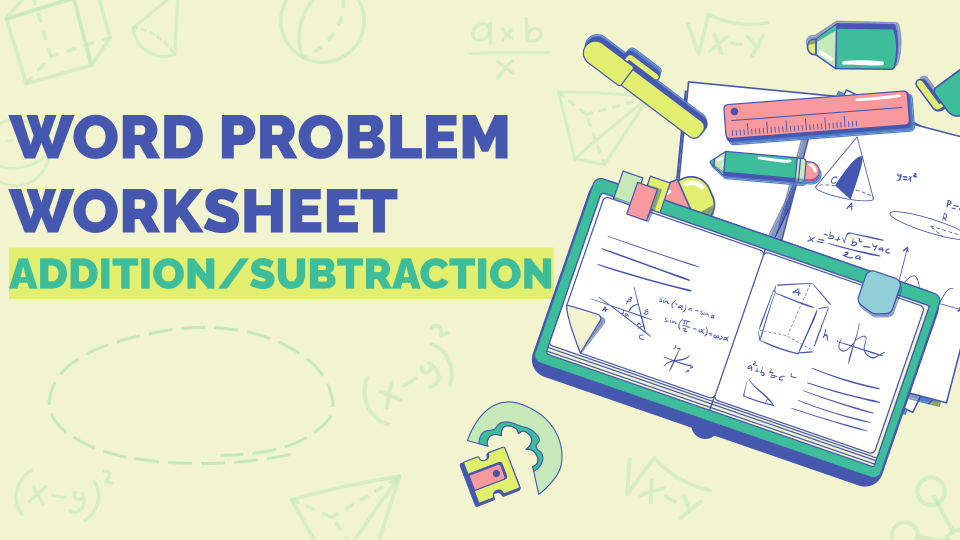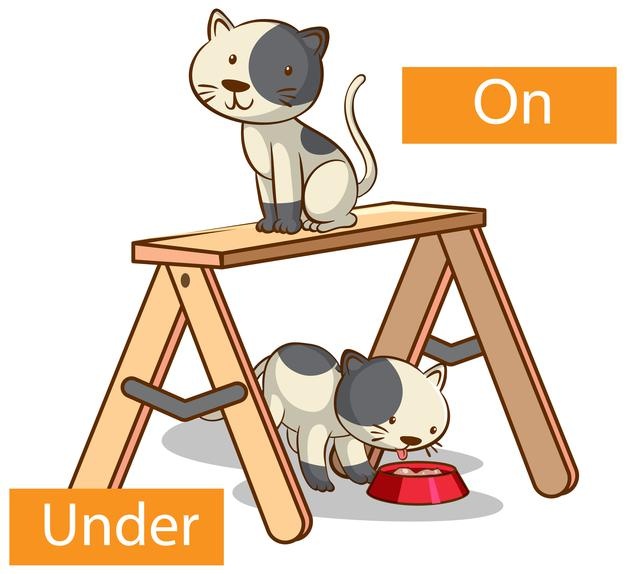Word Problems(Addition/ Subtraction) - for class 2 Worksheet

Introduction:
The following maths worksheets are designed for students of class 2. The basic questions that are given in the first sheet, involve a slightly more complex maths concept, word problems. In this worksheet, instead of the sums being filled in the blanks they are in the form of basic word problems.
We can see that in the given worksheet, attempting to solve all of the basic maths problems will actually give the student a rough idea about how a basic word problem is performed.
Upon completing the first sheet, the students will start to understand the concept of answering basic word problems (which include multiple statements)
The students will finally get the hang of 'arriving at a conclusive answer’ using any means possible.
There is a list of 5 basic word problems which is described in words given in the first sheet.
All of the basic word problems included here have relatively simple calculations, but the challenge is to read the entire problem and then understand the statements one at a time.
The children will then be able to derive the solution if they have read and understood the basic word problem carefully.
The 5 problems given in the first sheet are quite simplistic and are beginner-level problems. However they do require at least some critical analysis of each of the statements.
This is an exercise that will help all students who are learning basic maths concepts. Having the correct approach will enable them to learn something new in a relaxed systematic manner. Soon they will really start to see for themselves and understand 'the concepts' of basic maths in these word problems.
These worksheets are designed with the idea of teaching the students who are still young children how to solve basic word problems
Instructions to solve the worksheet
For e.g. in this worksheet the basic word problem that the children have to take apart and analyse is
Their plastic Christmas Tree comes in three parts. The bottom part has 8 branches. The middle part has 6 branches, and the top part has 4 branches. How many branches are there in total?
The students are firstly asked to read a bunch of statements which are part of a basic maths problem like the one given above. This basic maths problem is relatively about and every problem from 1-5, has a couple of statements for the children to take apart and analyse. Once this is done, they will find that this basic word problem is not only easy to understand, but then solving any basic word problem can also be done similarly in a simple step by step fashion. Remember: It all is about solving the statements in a series of well thought out steps.
Sheet two, like in the other worksheets, is where the solutions can be found. In simpler words, the second sheet may also be called the 'answer key'.
Conclusion
So the challenge here is learning to solve basic word problems logically. This involved analyses of the given statements, which can be done only after reading the problem carefully.
The children will start to understand the basic concepts of maths like arriving at a conclusive answer upon solving these steps.
The student will learn to properly refer to the answer sheet, not only for finding the right answer, but also for understanding the basic concepts of solving the basic word problems. They can use the answer key to check if the final solution and their initial explanations of the statements in the basic maths problem were accurate, which is part of usual practice.
It is by now very clear that these worksheets are intended for teaching basic maths concepts like division in an easy to learn fashion. It includes the numbers in a colourful font. This will attract their attention and keep them 'engaged' in their learning process.












































